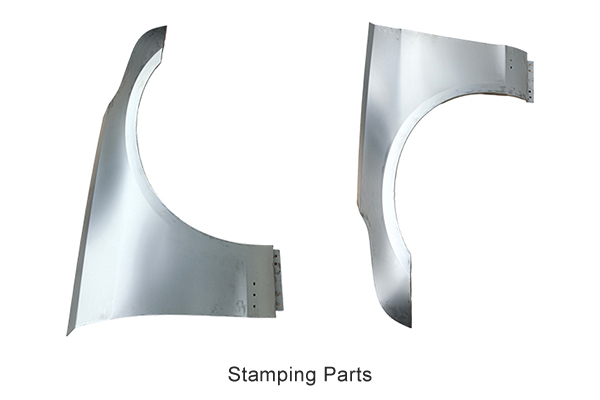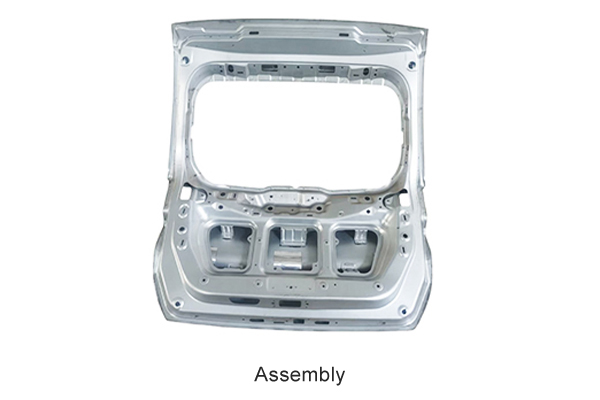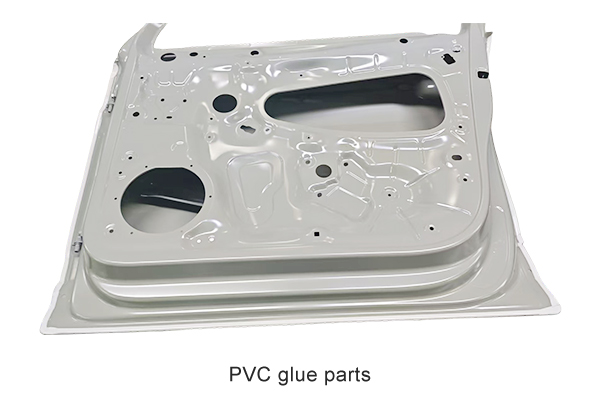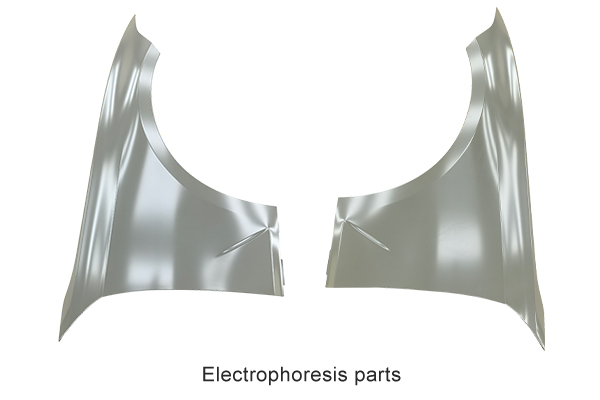How does the laser welding robot achieve efficient and precise welding?
Release Time : 2025-01-13
As the pinnacle of modern welding technology, the laser welding robot has demonstrated outstanding capabilities in welding complex structural parts with its high precision, high efficiency and non-contact welding method.
The high precision of the laser welding robot comes from its advanced control system and precise laser beam control technology. These technologies enable the robot to accurately locate the welding head to the part to be welded, and accurately find the weld position even in complex structural parts. At the same time, the high energy density of the laser beam makes the welding process rapid and concentrated, reduces the heat-affected zone, reduces the risk of deformation, and thus ensures the accuracy of welding.
In order to achieve efficient welding, the laser welding robot adopts an automated and intelligent welding process. Through the preset welding program and parameters, the robot can automatically complete the welding task without manual intervention. This not only increases the welding speed, but also ensures the consistency of welding quality. In addition, the robot can automatically adjust the welding parameters, such as laser power, welding speed and focal length, according to the material, thickness and welding requirements of the workpiece to meet the welding needs of different complex structural parts.
When welding complex structural parts, the laser welding robot also shows its advantages of non-contact welding. Since the laser beam is transmitted to the surface of the workpiece through the air, it will not produce additional mechanical pressure or thermal effects on the workpiece and surrounding parts. This enables the robot to maintain high welding quality and accuracy when welding precision components or complex structural parts.
It is worth mentioning that the laser welding robot also has real-time monitoring and tracking functions during the welding process. It can detect the position and shape of the weld in real time to ensure the accuracy of welding. At the same time, the robot can also automatically adjust the welding parameters and paths according to the changes in the weld to meet the welding needs of complex structural parts.
In summary, when welding complex structural parts, the laser welding robot achieves efficient and accurate welding through high-precision control systems, automated and intelligent welding processes, non-contact welding methods, and real-time monitoring and tracking functions. The application of these technologies not only improves welding quality and efficiency, but also provides new solutions for the welding of complex structural parts. With the continuous advancement and innovation of technology, the laser welding robot will demonstrate its powerful welding capabilities in more fields.
The high precision of the laser welding robot comes from its advanced control system and precise laser beam control technology. These technologies enable the robot to accurately locate the welding head to the part to be welded, and accurately find the weld position even in complex structural parts. At the same time, the high energy density of the laser beam makes the welding process rapid and concentrated, reduces the heat-affected zone, reduces the risk of deformation, and thus ensures the accuracy of welding.
In order to achieve efficient welding, the laser welding robot adopts an automated and intelligent welding process. Through the preset welding program and parameters, the robot can automatically complete the welding task without manual intervention. This not only increases the welding speed, but also ensures the consistency of welding quality. In addition, the robot can automatically adjust the welding parameters, such as laser power, welding speed and focal length, according to the material, thickness and welding requirements of the workpiece to meet the welding needs of different complex structural parts.
When welding complex structural parts, the laser welding robot also shows its advantages of non-contact welding. Since the laser beam is transmitted to the surface of the workpiece through the air, it will not produce additional mechanical pressure or thermal effects on the workpiece and surrounding parts. This enables the robot to maintain high welding quality and accuracy when welding precision components or complex structural parts.
It is worth mentioning that the laser welding robot also has real-time monitoring and tracking functions during the welding process. It can detect the position and shape of the weld in real time to ensure the accuracy of welding. At the same time, the robot can also automatically adjust the welding parameters and paths according to the changes in the weld to meet the welding needs of complex structural parts.
In summary, when welding complex structural parts, the laser welding robot achieves efficient and accurate welding through high-precision control systems, automated and intelligent welding processes, non-contact welding methods, and real-time monitoring and tracking functions. The application of these technologies not only improves welding quality and efficiency, but also provides new solutions for the welding of complex structural parts. With the continuous advancement and innovation of technology, the laser welding robot will demonstrate its powerful welding capabilities in more fields.








